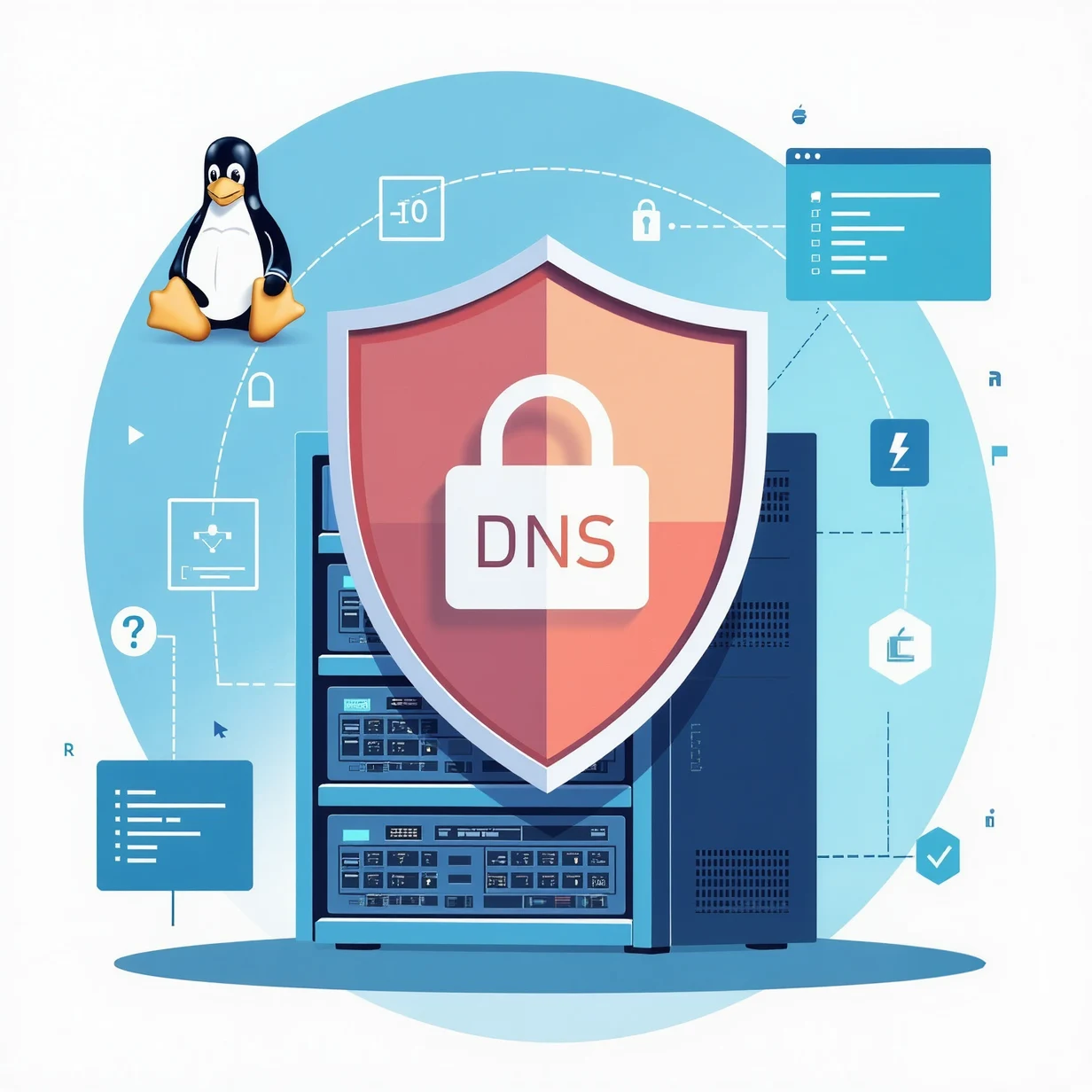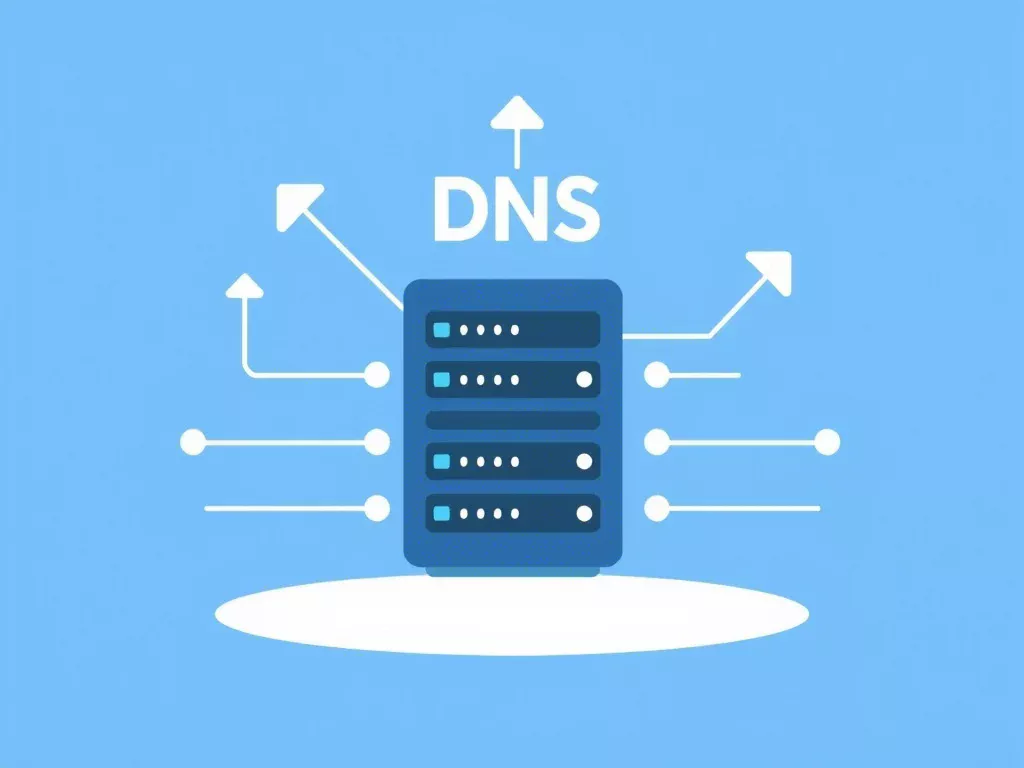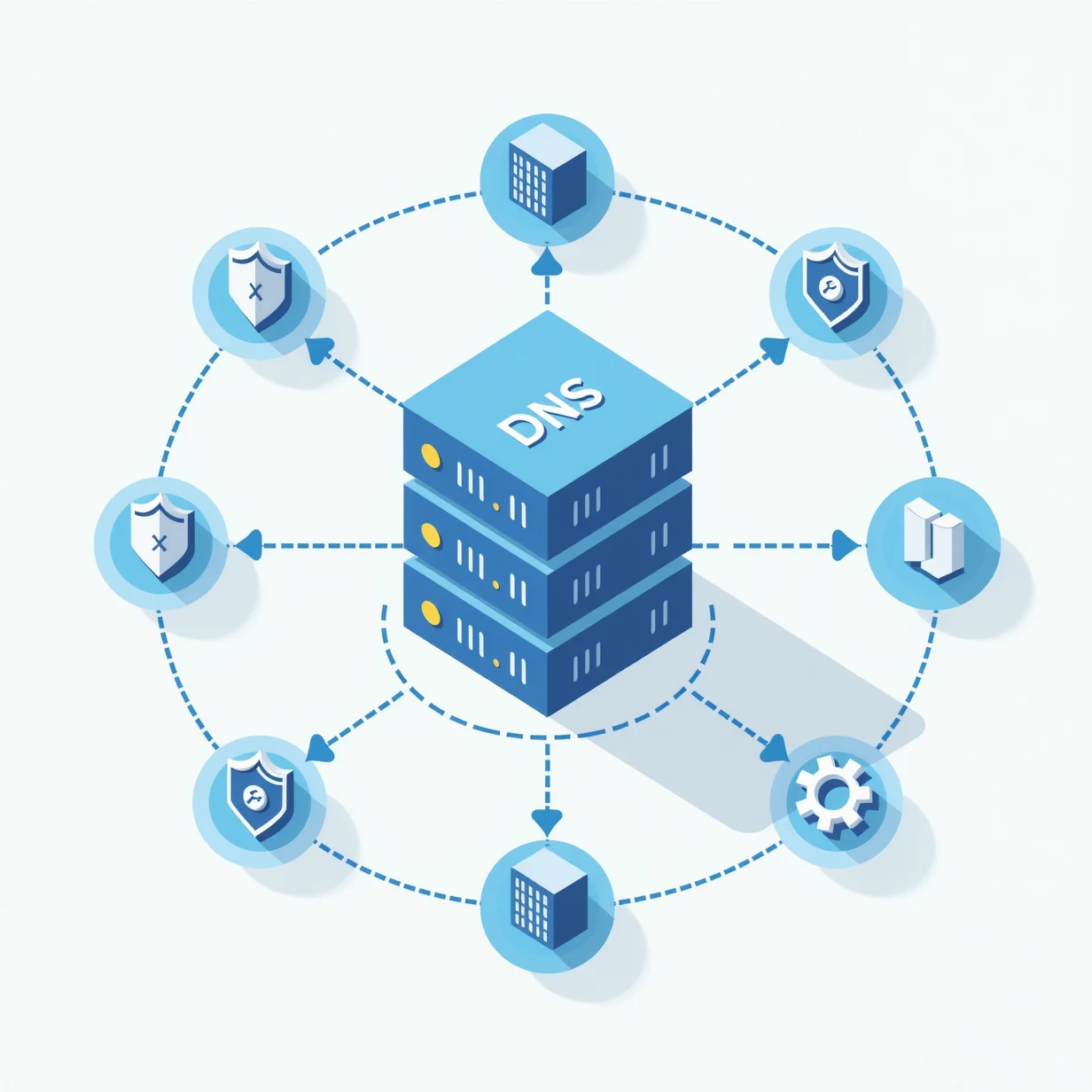
How to Secure Your DNS Server (BIND/named) on Debian and RHEL Linux
DNS (Domain Name System) servers play a critical role in the functionality of the internet. However, if left unsecured, they can become a target for attacks like DNS spoofing, amplification, and cache poisoning. This guide outlines key steps to secure your DNS server using BIND (Berkeley Internet Name Domain) on Debian and RHEL Linux systems.
1. Update Your System and Packages
Keeping your server updated is the first line of defense against vulnerabilities. Run the following commands to ensure your system and BIND are up-to-date:
On Debian-based Systems:
sudo apt update && sudo apt upgradeOn RHEL-based Systems:
sudo yum update2. Configure Access Control
Restrict who can query your DNS server by editing the named.conf configuration file. Define trusted IP ranges using allow-query.
Example:
acl "trusted" {
192.168.1.0/24;
10.0.0.0/8;
};
options {
allow-query { trusted; };
};3. Disable Recursion (If Not Needed)
If your DNS server is authoritative only (not resolving external domains), disable recursion to prevent abuse.
options {
recursion no;
};4. Implement DNSSEC
DNSSEC (Domain Name System Security Extensions) adds cryptographic authentication to DNS queries, preventing spoofing and cache poisoning attacks.
Steps to Enable DNSSEC:
- Generate keys for your zone using
dnssec-keygen. - Sign your zone file with
dnssec-signzone. - Configure BIND to load the signed zone file.
Example:
dnssec-enable yes;
dnssec-validation auto;5. Restrict Zone Transfers
Ensure zone transfers are limited to trusted secondary servers by specifying IP addresses:
zone "example.com" {
type master;
file "/etc/bind/db.example.com";
allow-transfer { 192.168.1.2; };
};6. Rate Limit DNS Queries
Prevent abuse through DNS amplification attacks by implementing rate limiting. Add the following to your named.conf file:
rate-limit {
responses-per-second 10;
window 5;
};7. Chroot BIND (Optional)
Running BIND in a chroot jail isolates it from the rest of the system, enhancing security.
Steps to Chroot BIND:
- Install the
bind-chrootpackage (on RHEL) or configure manually (on Debian). - Edit the
/etc/named.confto point to the chroot directory. - Restart the BIND service.
8. Enable Logging and Monitor DNS Traffic
Configure logging to detect unusual patterns and troubleshoot issues. Add the following to named.conf:
logging {
channel default_debug {
file "/var/log/named.log";
severity dynamic;
};
category default { default_debug; };
};Monitor traffic using tools like tcpdump or dnstop.
9. Use Firewalls to Protect Your DNS Server
Restrict access to DNS ports (53) to trusted IPs using iptables or firewalld.
Example with iptables:
iptables -A INPUT -p udp --dport 53 -s 192.168.1.0/24 -j ACCEPT
iptables -A INPUT -p udp --dport 53 -j DROPExample with firewalld:
firewall-cmd --add-service=dns --zone=trusted --permanent
firewall-cmd --reload10. Regularly Audit and Harden Your DNS Server
Regularly review your DNS server configurations and logs. Tools like lynis can help identify potential vulnerabilities:
sudo lynis audit systemConclusion
Securing your DNS server is essential to ensure the safety and reliability of your infrastructure. By following the steps above, you can significantly reduce vulnerabilities and protect against common DNS-based attacks. Regularly update and audit your server to maintain a robust security posture.
Relevant Links:









